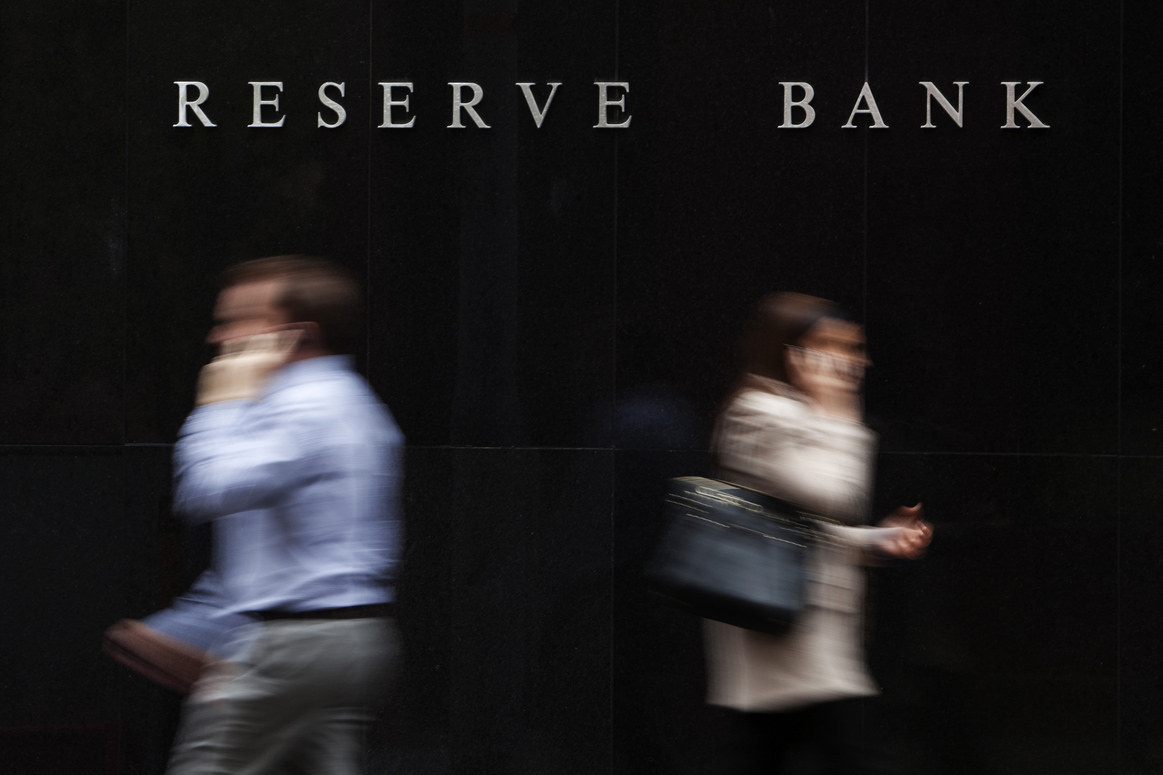
The Reserve Bank of Australia has rolled out another hike in its February monetary policy meeting, lifting the cash rate 25bps higher to 3.35%.
This latest hike was in line with the expectations of the economists from the big banks.
Here are the highlights of RBA Governor Philip Lowe’s monetary policy statement:
On inflation:
- Global inflation remains high but is moderating in response to lower energy prices, the resolution of supply-chain problems, and the tightening of monetary policy.
- Inflation in Australia is expected to decline this year due to both global factors and slower growth in domestic demand.
- CPI Inflation is likely to hit 4.75% this year to around 3% by mid-2025.
On the economy:
- The Australian economy grew strongly over 2022.
- The forecast is for GDP growth to slow around 1.5% over 2023 and 2024.
On the labour market:
- The unemployment rate has been steady at around 3.5% over recent months, the lowest rate since 1974.
- Job vacancies and ads remained at very high levels despite slight declines recently.
- The forecast for unemployment rate is to increase to 3.75% by the end of this year and 4.5% by mid-2025.
- Wages growth is continuing to pick up from the low rates.
On the fate of the cash rate:
- The RBA’s priority is to pull inflation back to its target of around 2% to 3% while keeping the economy on an “even keel”.
- Further increases in interest rates will be needed “over the months ahead” to ensure that inflation returns to target.
- The RBA will be monitoring developments in the global economy, trends in household spending and the outlook for inflation and the labour market.
- The RBA remains “resolute in its determination” to meet its inflation target and will do “what is necessary” to achieve the target.
CPA Australia senior manager for business policy Gavan Ord said it's unlikely this will be the last rate rise of 2023.
“Rising costs, higher interest rates, a skills shortage and economic uncertainty will continue — businesses are going to keep feeling the pinch,” he said.
“Those on fixed incomes, coming off fixed interest rates or who have significant debts may face difficulty.”
Mr Ord said a recent CPA Australia poll of 1,200 respondents found that more than half were worried about rising costs this year.
Meanwhile, around a third put a recession in 2023 as their top fear and one in five said higher interest rates was their biggest concern.
“It is critical for businesses facing difficulty that they speak with their trusted advisor about how to manage rate rises,” he said.
“We want governments to do more to ensure small businesses have the capabilities they need to protect themselves during economic adversity — the upcoming Federal Budget should include financial incentives to encourage small and medium enterprises to seek advice and increase their digital capability.”
CreditorWatch chief economist Anneke Thompson said the RBA’s next move in March will depend on January’s retail trade showing.
Figures from the ABS showed a 3.9% decline in retail sales to $34.472bn in December. This was on the back of the inflation during the last quarter of the year hitting 1.9% quarterly and 7.8% annually.
“A fall in total sales was to be expected given that Black Saturday sales now make November the peak sales month, therefore January sales will be closely watched,” Ms Thompson said.
“Inflation also appears to be moderating, and we should see further drops in the rate of price growth as data is now being measured off 2022 figures, when price rises had already kicked in.”
Ms Thompson remarked that the RBA’s efforts to slow the economy and cool the inflation appear to be already working.
“How quickly and deeply this ‘cooling’ is felt by businesses will be key to determining what happens next to the cash rate,” she said.